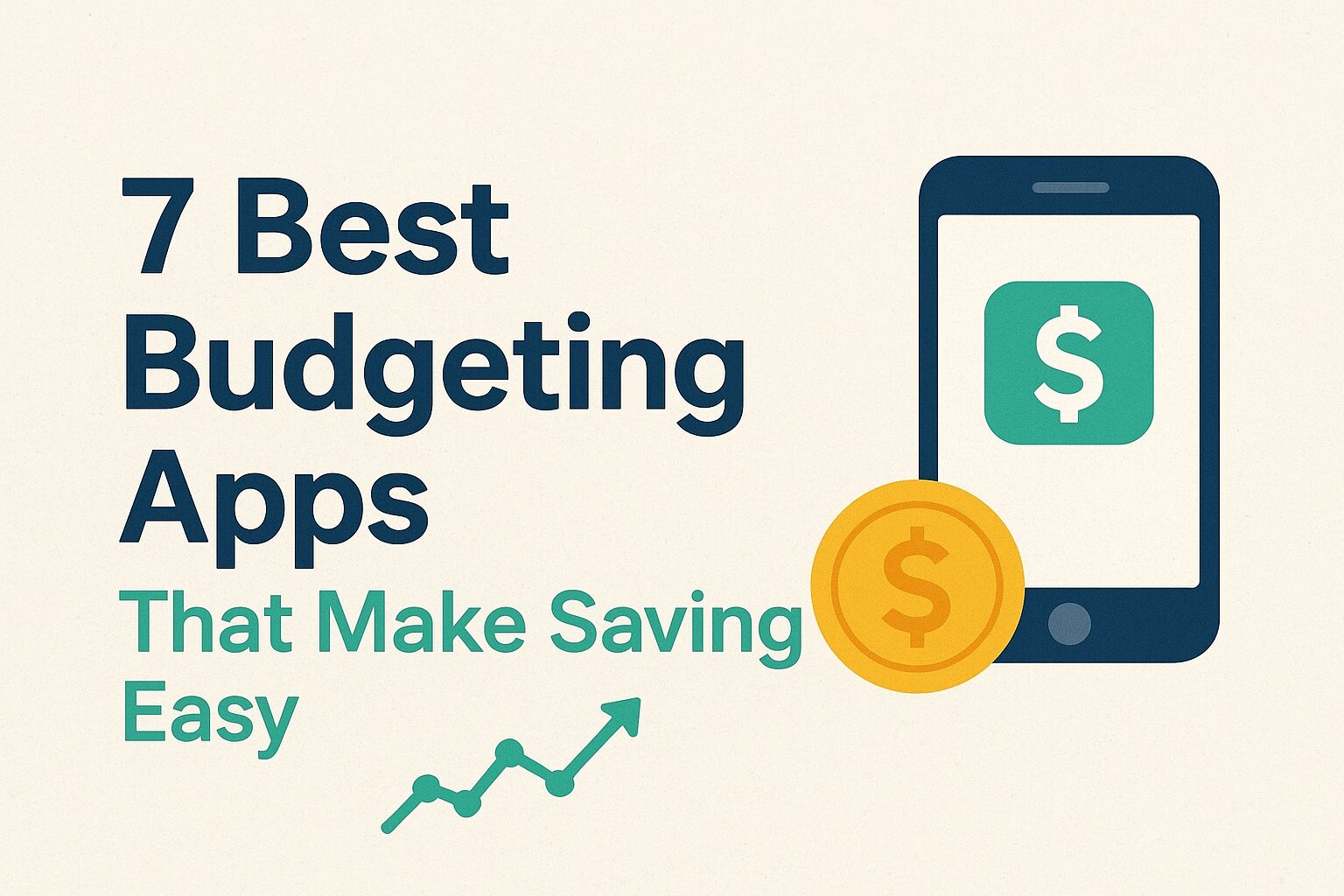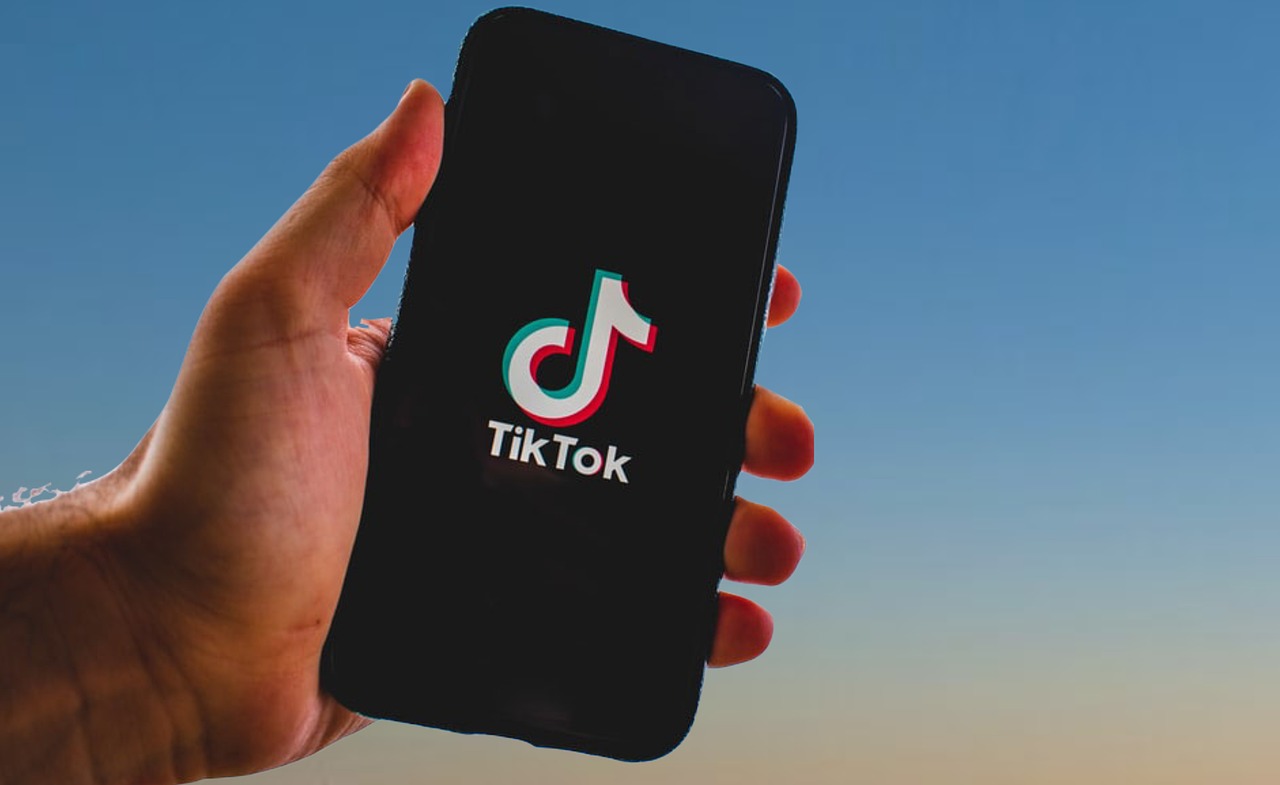Managing finances can often feel overwhelming, especially when trying to balance daily expenses, savings goals, and unexpected costs. Budgeting apps are a powerful tool that helps individuals take control of their financial health, ensuring that money is allocated efficiently and effectively.
In today’s digital age, budgeting apps have emerged as invaluable tools, simplifying the process of tracking expenses, setting savings targets, and providing insights into spending habits. These apps offer user-friendly interfaces, real-time updates, and features tailored to diverse financial needs.
The primary goal of this article is to introduce seven top budgeting apps that not only streamline financial management but also make saving money easier and more achievable.
What to Look for in a Budgeting App
When selecting a budgeting app, it’s essential to consider features that align with your financial goals and preferences. Here are key aspects to evaluate:
- User-Friendliness and Interface: An intuitive design ensures that users can navigate the app effortlessly, making budgeting a less daunting task.
- Cost and Subscription Options: While many apps offer free versions, some advanced features may require a subscription. It’s crucial to assess whether the app’s offerings justify any costs.
- Features Like Expense Tracking, Goal Setting, and Alerts: Effective budgeting apps provide tools to monitor spending, set financial goals, and receive notifications to stay on track.
- Security and Privacy Considerations: Given the sensitivity of financial data, robust security measures and clear privacy policies are paramount.
Top 7 Budgeting Apps
- YNAB (You Need A Budget) Key Features: YNAB employs a zero-based budgeting approach, encouraging users to assign every dollar a purpose. It offers real-time syncing across devices, detailed reporting, and educational resources to enhance budgeting skills. Benefits: Ideal for individuals seeking a proactive budgeting strategy and those looking to break the paycheck-to-paycheck cycle.
- Mint Key Features: Mint automatically categorizes transactions, provides credit score monitoring, and offers bill tracking. It also sends alerts for upcoming bills and unusual spending patterns. Benefits: Perfect for users desiring an all-in-one financial overview with minimal manual input.
- Monarch Money Key Features: Monarch allows users to track all financial accounts in one place, set personalized goals, and collaborate with family members or financial advisors. Benefits: Suited for households or couples aiming for joint financial planning and long-term goal setting.
- Goodbudget Key Features: Based on the envelope budgeting method, Goodbudget lets users plan and track their spending across various categories. It supports syncing across multiple devices. Benefits: Great for individuals who prefer manual tracking and those without direct bank account syncing.
- PocketGuard Key Features: PocketGuard shows how much spendable money you have after accounting for bills, goals, and necessities. It also identifies recurring subscriptions and potential savings. Benefits: Useful for users looking to identify and eliminate unnecessary expenses.
- EveryDollar Key Features: Developed by financial expert Dave Ramsey, EveryDollar offers a straightforward budgeting tool based on the zero-based budgeting principle. Benefits: Ideal for users who appreciate a simple, goal-oriented approach to budgeting.
- Spendee Key Features: Spendee provides visual insights into spending patterns, supports multiple currencies, and allows users to create shared wallets for group expenses. Benefits: Perfect for travelers and groups managing joint finances.
Comparison Table:
| App | Key Feature | Platforms | Cost |
|---|---|---|---|
| Goodbudget | Envelope budgeting system | Android, iOS | Free/Paid |
| EveryDollar | Zero-based budgeting | Web, Android, iOS | Free/Paid |
| Simplifi | Visual budgeting tools | Android, iOS | Paid |
| PocketGuard | Automatic expense categorization | Android, iOS | Free/Paid |
| Monarch Money | Collaborative budgeting | Web, Android, iOS | Paid |
| Empower | Budgeting with investment tracking | Android, iOS | Free/Paid |
| Mint | Comprehensive financial tools | Android, iOS | Free |
Tips for Beginners:
- Start Simple: Choose an app that aligns with your budgeting style, whether it’s envelope-based or zero-based.
- Set Realistic Goals: Begin with achievable financial goals to build confidence.
- Regular Monitoring: Consistently track your spending to stay on top of your budget.
- Utilize App Features: Take advantage of features like automatic categorization and bill reminders to simplify budgeting.
Top Features to Look for in Budgeting Apps
1. Expense Tracking
- Ability to automatically or manually track all expenses.
- Categorize spending (e.g., groceries, bills, entertainment) for better insights.
- Real-time updates help prevent overspending.
2. Income Management
- Track all income sources in one place.
- Compare income vs. expenses to understand cash flow.
3. Budget Planning and Goal Setting
- Set monthly or weekly budgets for each category.
- Create savings goals (e.g., emergency fund, vacation, debt payoff).
- Visual progress bars and alerts to keep you motivated.
4. Bill Reminders and Payment Tracking
- Notifications for upcoming bills to avoid late fees.
- Track recurring payments and subscriptions to prevent unnecessary spending.
5. Account Aggregation
- Link multiple bank accounts, credit cards, and loans in one app.
- Get a holistic view of your finances without switching between platforms.
6. Reporting and Analytics
- Generate charts, graphs, and reports for spending trends.
- Identify areas to cut back or optimize your budget.
7. Security Features
- Two-factor authentication and strong encryption.
- Privacy protection for sensitive financial data.
8. User-Friendly Interface
- Easy navigation, intuitive design, and customizable dashboards.
- Ideal for beginners who don’t want to be overwhelmed.
9. Automation Features
- Automatic categorization of expenses.
- Auto-transfer to savings accounts or debt payments.
10. Mobile and Cross-Platform Access
- Apps should sync across devices (phone, tablet, web).
- Ensures accessibility anytime, anywhere.
How Budgeting Apps Help You Save Money
Budgeting apps offer several advantages that can lead to significant savings:
- Tracking Daily Spending: By monitoring daily expenses, users can identify areas where they can cut back and make more informed spending decisions.
- Setting and Monitoring Savings Goals: These apps allow users to set specific savings targets, track progress, and adjust spending habits to meet those goals.
- Receiving Insights and Recommendations: Many apps analyze spending patterns and provide personalized suggestions to optimize finances and increase savings.
Tips for Maximizing Your Budgeting App
1. Set Clear, Realistic Goals
- Define what you’re saving for (emergency fund, vacation, debt repayment).
- Break goals into smaller, achievable milestones.
2. Track All Income and Expenses
- Link bank accounts or manually input transactions.
- Categorize spending consistently to see where your money goes.
3. Use Alerts and Reminders
- Enable notifications for bill due dates or overspending.
- Get instant updates to avoid missed payments or budget breaches.
4. Automate Savings
- Set up automatic transfers to savings accounts within the app.
- Treat savings as a fixed expense to make it stress-free.
5. Review and Adjust Regularly
- Check your spending trends weekly or monthly.
- Adjust budget categories based on lifestyle changes or unexpected expenses.
6. Take Advantage of Advanced Features
- Use features like cash-flow forecasting, debt payoff calculators, or investment tracking.
- Explore app-specific insights and recommendations.
7. Keep Data Secure
- Use strong passwords and two-factor authentication.
- Avoid sharing sensitive info and stick to trusted apps.
Conclusion
Budgeting apps serve as powerful tools in achieving financial goals, offering convenience, insights, and structure to personal finance management. By selecting an app that aligns with your financial habits and objectives, you can take proactive steps toward financial stability and growth.
FAQ Section
1. Are budgeting apps safe to use?
Yes, reputable budgeting apps implement robust security measures, including encryption and secure data storage, to protect user information. Always ensure the app has a clear privacy policy and positive user reviews.
2. Can a budgeting app replace a financial advisor?
While budgeting apps provide valuable tools for managing finances, they do not offer personalized financial advice. For complex financial planning, consulting with a certified financial advisor is recommended.
3. Which budgeting app is best for beginners?
Mint is often recommended for beginners due to its user-friendly interface, automatic transaction categorization, and comprehensive financial overview.
4. Can budgeting apps work for multiple accounts?
Yes, many budgeting apps allow you to link multiple bank accounts, credit cards, and even investment accounts for a complete view of your finances.
5. Do budgeting apps cost money?
Some budgeting apps are free with basic features, while others offer premium versions with advanced tools like bill reminders, detailed reports, and investment tracking.
6. Can I use budgeting apps on mobile and desktop?
Most budgeting apps are available on both mobile devices and desktop, providing flexibility to track and manage finances anytime, anywhere.
7. How do I choose the best budgeting app for me?
Consider features, ease of use, security, cost, and compatibility with your accounts. The right budgeting app should simplify managing money without adding stress.



